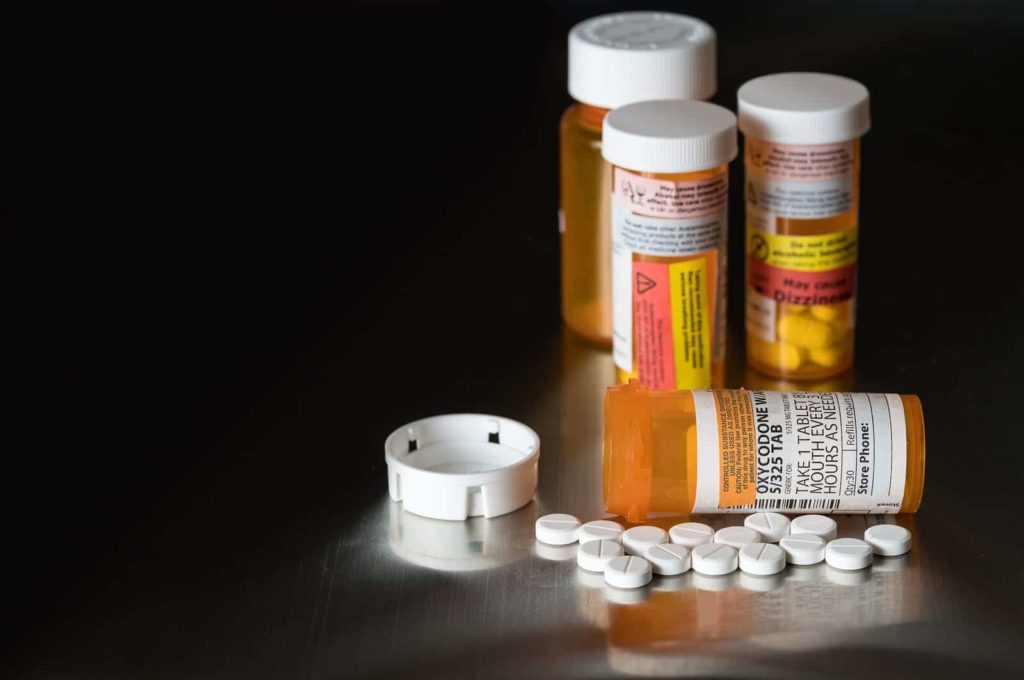
Is Tramadol an Opioid? – Tramadol is an analgesic pain medication that is indicated to treat moderate to moderately severe pain. Tramadol is indeed an opioid and a narcotic, though its exact mechanism of action is slightly different than other opioids. In short, it acts on the brain to change how the body feels and responds to pain. In addition to attaching to opioid pain receptors, tramadol also inhibits the uptake of two neurotransmitters, serotonin norepinephrine, which may add to its pain-relieving effects, although the exact mechanism in which it does this isn’t entirely clear. Tramadol is a controlled substance in all 50 states. The U.S. Drug Enforcement Administration (DEA) placed into schedule IV of the Controlled Substances Act (CSA) effective August 2014.
Tramadol Side Effects
Many people tolerate tramadol very well when used for pain, but it can also cause some common and serious side effects. Common side effects may include the following:
- Headache
- Itching
- Nausea and vomiting
- Heartburn
- Constipation or diarrhea
- Dizziness
- Sleepiness
- Nervousness, anxiety, and agitation
- Fatigue
- Stomach pain
Serious side effects, many of which are rare, may include:
- Addiction, abuse, and misuse
- Respiratory depression
- Interaction with other CNS depressants
- Serotonin syndrome
- Seizures
- Adrenal insufficiency
- Severe hypotension (low blood pressure)
- Gastrointestinal adverse reactions
- Androgen deficiency
- Arrhythmia
- Severe allergic reactions
Breathing changes, such as slowed or stopped breathing, can occur at any time with tramadol use, but the risk is highest when treatment is first started (within the first 72 hours) or when there is an adjustment in dose. Patients taking recommended doses have suffered seizures, but these are more likely at the higher doses associated with abuse of tramadol.
Drug Interactions
The use of tramadol with benzodiazepines, barbiturates, muscle relaxants, anesthetics, antipsychotics, alcohol or other narcotic medications (including illegal drugs such as heroin) can lead to profound sedation, respiratory arrest, coma, and death. Anyone using Tramadol should avoid driving, operating machinery, or other activities that require mental vigilance until one knows all of the drug’s effects and is sure that he or she can safely function.
Tramadol Can Be Habit Forming
Tramadol is structurally similar to other opioids, such as codeine and morphine, and can lead to dependence, tolerance, addiction, and withdrawal. People with a history of substance abuse and drug-seeking behavior may be at a heightened risk of addiction, but people without prior substance abuse issues may resort to doctor-shopping or other illicit means to obtain tramadol. Persons who regularly use tramadol should not abruptly stop taking tramadol, as withdrawal symptoms can occur. If you have a prescription, consult with your doctor before discontinuing tramadol treatment and do not discontinue treatment on your own.
Withdrawal Symptoms
Traditional opioids such as hydrocodone and oxycodone increase feelings of pleasure and can induce a “high” when used in larger doses than prescribed. As noted, tramadol works a little differently than other traditional opioids because, in addition to attaching to opioid receptors, it also blocks neurotransmitters such as serotonin and norepinephrine from being reabsorbed back into the system. Therefore, tramadol withdrawal can take two different forms – typical opioid withdrawal syndrome and atypical opioid withdrawal syndrome. Some people may suffer from both forms.
Opioid withdrawal generally has two main phases – early and late withdrawal. Early withdrawal onsets as the drug exits the bloodstream and late withdrawal transpires afterward as the body battles the chemical changes. Symptoms of opioid withdrawal vary according to which stage the individual is in and may include the following:
Early Opioid Withdrawal
- Runny nose and tearing
- Sweating
- Muscle and body aches
- Trouble sleeping or insomnia
- Anxiety
- Restlessness and agitation
- Racing heart rate
- Hypertension (high blood pressure)
- Rapid breathing
Late Opioid Withdrawal
- Chills and goosebumps
- Stomach pain and cramps
- Diarrhea
- Nausea and vomiting
- Loss of appetite
- Difficulty concentrating
- Irritability
- Drug cravings
- Depression
- Depersonalization
Tramadol has a relatively short half-life. Immediate-release forms of tramadol are rapidly absorbed into the bloodstream, with their effectiveness peaking in about 1-4 hours. The effects of extended-release tramadol may persist a little longer, peaking at around 4-6 hours. In general, opioid withdrawal symptoms typically onset within about 12 hours of the last dose. The DEA reports that 90% of those people experiencing tramadol withdrawal suffer from typical opioid withdrawal symptoms. The other 10% may experience atypical withdrawal symptoms, which may include the following:
- Confusion
- Paranoia
- Anxiety and panic attacks
- Hallucinations
- Tingling or numbness in their extremities.
Treatment for Tramadol Addiction
Addiction is a chronic disease that impacts many aspects of a person’s mental and physical health, and an integrated approach is needed to treat it adequately. Moreover, evidence-based psychotherapies, individual and group counseling sessions, and support groups should be included in a comprehensive treatment program to ensure the best chance of success. Our center offers these services, expertly managed by addiction professionals who provide clients with the resources they so urgently need to recover. You don’t have to wait another day to begin reclaiming your life and forging a path to long-lasting sobriety and well-being. Call us as soon as possible to find out how we can help!